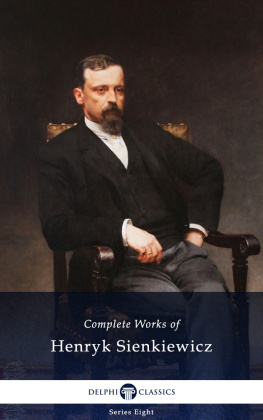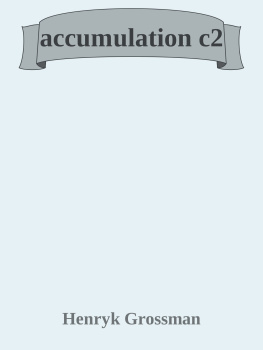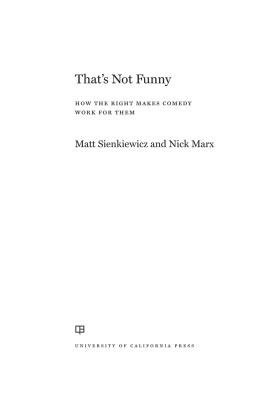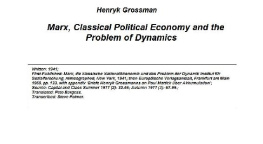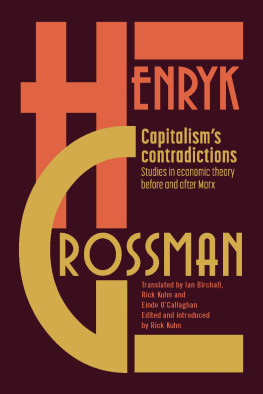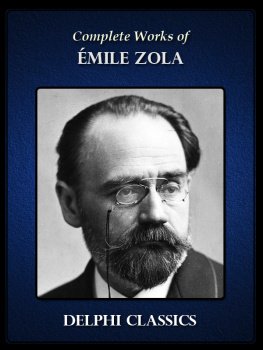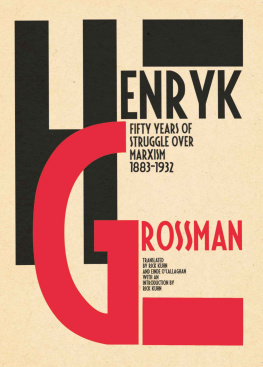
The Complete Works of
HENRYK SIENKIEWICZ
(1846-1916)

Contents

Delphi Classics 2017
Version 1












The Complete Works of
HENRYK SIENKIEWICZ

By Delphi Classics, 2017
COPYRIGHT
Complete Works of Henryk Sienkiewicz
First published in the United Kingdom in 2017 by Delphi Classics.
Delphi Classics, 2017.
All rights reserved. No part of this publication may be reproduced, stored in a retrieval system, or transmitted, in any form or by any means, without the prior permission in writing of the publisher, nor be otherwise circulated in any form other than that in which it is published.
ISBN: 978 1 78656 094 0
Delphi Classics
is an imprint of
Delphi Publishing Ltd
Hastings, East Sussex
United Kingdom
Contact: sales@delphiclassics.com

www.delphiclassics.com
Parts Edition Now Available!

Love reading Henryk Sienkiewicz ?
Did you know you can now purchase the Delphi Classics Parts Edition of this author and enjoy all the novels, plays, non-fiction books and other works as individual eBooks? Now, you can select and read individual novels etc. and know precisely where you are in an eBook. You will also be able to manage space better on your eReading devices.

The Parts Edition is only available direct from the Delphi Classics website.
For more information about this exciting new format and to try free Parts Edition downloads , please visit this link .
The Trilogy

Wola Okrzejska, a village in the administrative district of Gmina Krzywda, eastern Poland Sienkiewicz birthplace

Henryk Sienkiewicz Museum in Wola Okrzejska, established in 1965
With Fire and Sword

AN HISTORICAL NOVEL OF POLAND AND RUSSIA
Translated by Jeremiah Curtin
With Fire and Sword was first published in 1884 and forms the first work in Sienkiewicz Trilogy , followed by The Deluge (1886) and Pan Michael (1888). It is a historical fiction novel, set in the seventeenth century PolishLithuanian Commonwealth, during the events of the Khmelnytsky Uprising. The novel was initially serialised in several Polish newspapers, as chapters appeared in weekly instalments. It gained enormous popularity in Poland and by the turn of the twentieth century had become one of the most popular works of Polish literature. The text became obligatory reading in Polish schools and has been translated into most European languages.
The Khmelnytsky Uprising was a Cossack rebellion within the Polish-Lithuanian Commonwealth, taking place between the years of 1648 and 1657. It led to the creation of a Cossack Hetmanate in Ukrainian lands. Under the command of Hetman Bohdan Khmelnytsky, the Zaporozhian Cossacks, allied with the Crimean Tatars and local peasantry, fought against the armies and paramilitary forces of the PolishLithuanian Commonwealth. The insurgency was accompanied by mass atrocities committed by Cossacks against the civilian population, especially against the Roman Catholic clergy and the Jews.
Sienkiewicz Trilogy is formed as a vehicle for expressing Polish patriotism in a Poland partitioned and deprived of independence. The novel avoided censorship by using a historical setting concerning wars with past enemies other than the countries ruling parts of Poland at the time Russia, Germany and Austria. Although there are inevitable deviations, the main historical framework of the novel is authentic, with strands of a fictional story interspersed with real events. Many characters are historical figures, including Jeremi Winiowiecki and Bohdan Khmelnytsky. In his research, Sienkiewicz used memoirs and chronicles of the Polish nobility for details on life in seventeenth century Poland. The author later explained that the novel was written to lift up the heart of the Polish nation in the unhappy period following the failed January Uprising during the era of the partitions of Poland.
With Fire and Sword opens with Jan Skrzetuski, lieutenant of the armoured regiment of Prince Jeremi Winiowiecki, giving assistance to Bohdan Zenobi Chmielnicki, as his party are returning from a mission to the Khan through the Wilderness. At Czyhryn the next day, Skrzetuski learns that Chmielnicki was escaping to the Sitch. In a tavern he throws Czapliski, a voluble officer, out through the door. It is here that he also becomes acquainted with Zagoba and the Lithuanian Podbipita, who wishes to join the service of Prince Jeremi in order to fulfil his family vow of cutting off the heads of three infidels, all at the same time with one blow.
On their way to Lubni, the party comes to the assistance of two women, one of whom is Helena Kurcewicz, returning to her aunts home that belongs to her. Jans party are invited back to Rozlogi where Jan meets Bohun, a Cossack, adopted as a sixth son by the old princess, who is Helenas aunt. Bohun is keen to pick a quarrel but is sent away and Jan is able to declare his love for Helena. Skrzetuski realises that the girl is being mistreated and denied her rights, so she ensures the princess promises Helena to him instead of Bohun or he will have Prince Jeremi help her recover her home. The lieutenant finally arrives at Lubni and tells his comrades about his mission to the Crimea. Prince Jeremi returns and entertainments are laid on. To while away the time, Skrzetuski fences with his friend, Micha Woodyjowski and receives a response to his letter sent to Helena via Rzdzian, his assistant. Before long, revolution is afoot...
Next page
